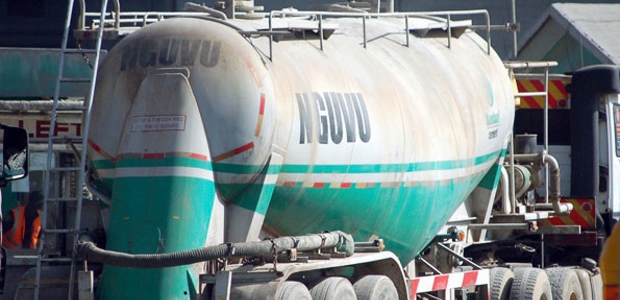Cement consumption in Kenya decreased by 8.2 per cent from 6.3 million tonnes in 2016 to 5.8 million tonnes in 2017, an indication of a slowdown in growth of construction activity compared to the previous year, Economic Survey 2018 shows.
A prolonged electioneering period in Kenya resulted in investors adopting a wait-and-see approach while projects stalled.
But the survey also notes that activity in the construction sector remained robust during the review period though the growth decelerated for the second year in a row to stand at 8.6 per cent in 2017. However this was a slower growth compared to
The sector continued to benefit from public investment in infrastructure such as roads and railways, as well as heightened activity in the construction of public and private buildings.
The sector’s growth was also driven by intensified civil works that led to a significant increase in the length of bitumen road, from 14.5 thousand kilometers in 2016 to 20.6 thousand kilometers in 2017.
Similarly, the length of road under earth/gravel almost doubled in the year under review, a further reflection of gains realized in the sector.
The total expenditure by National Government on roads is expected to increase from KSh 173.7 billion in 2016/17 to KSh 198.4 billion in 2017/18. Development expenditure on roads is expected to increase by 19.2 per cent from KSh 113.2 billion in 2016/17 to KSh 134.9 billion in 2017/18.
Following the completion of Phase I of the Standard Gauge Railway project in May 2017, the construction work for Phase 2 which runs from Nairobi to Naivasha started in September 2017 a move that is expected to further boost the construction industry and consequently cement consumption in Kenya.

